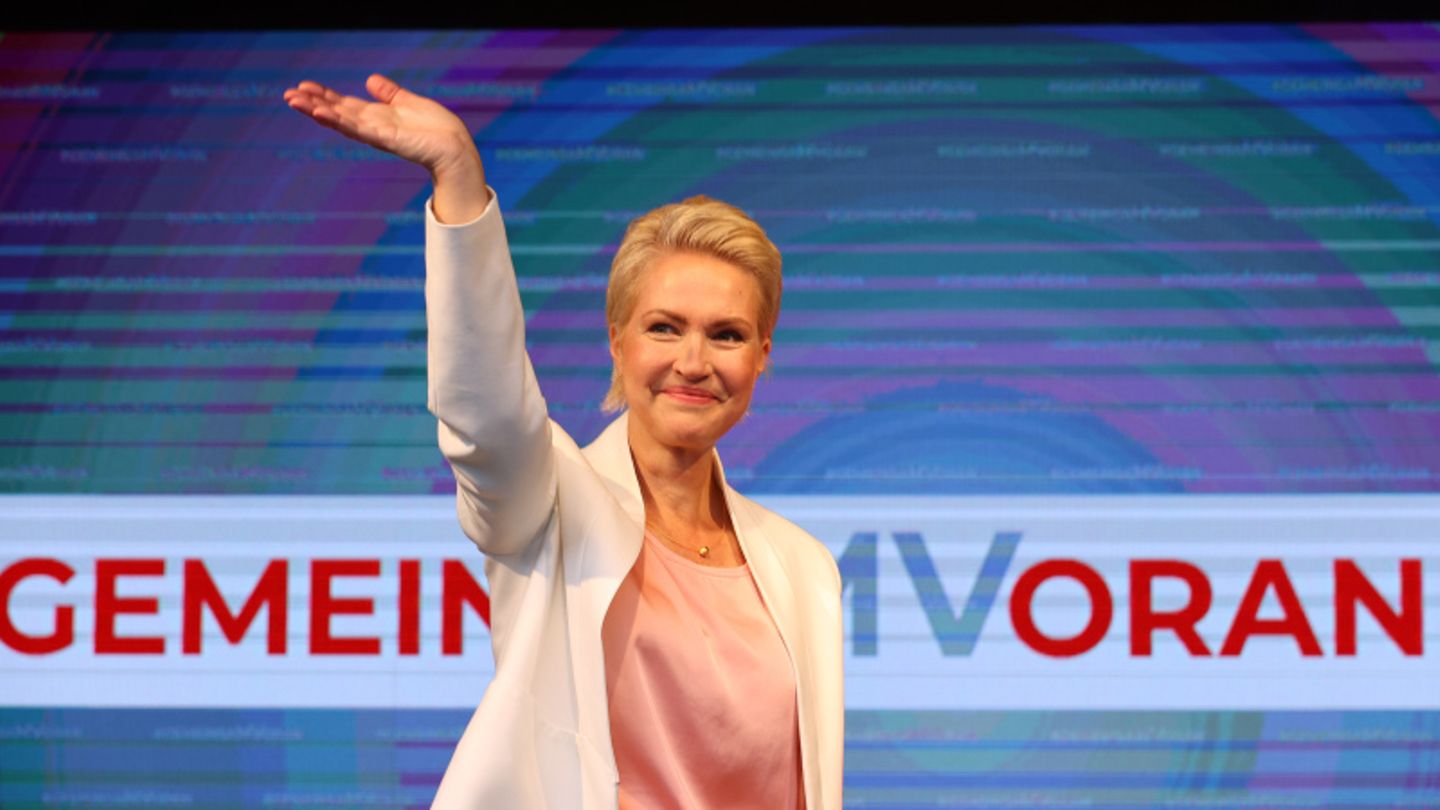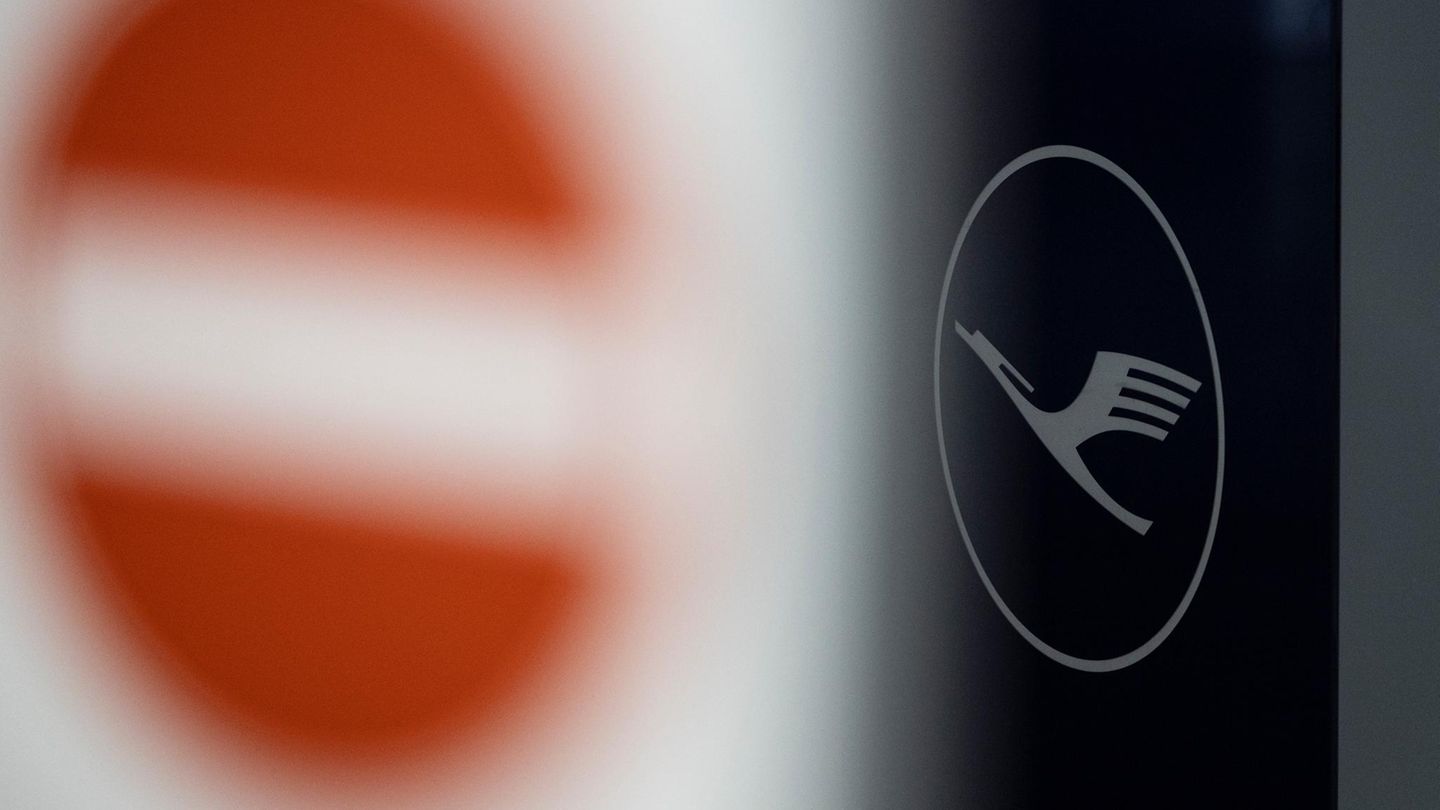In Mecklenburg-Western Pomerania, Prime Minister Manuela Schwesig (SPD) has clearly secured a second term in office, according to initial projections. In Berlin, on the other hand, an electoral thriller between the SPD and the Greens is emerging.
Mecklenburg-Western Pomerania and Berlin also voted on this super election Sunday. In Mecklenburg-Western Pomerania, Prime Minister Manuela Schwesig led the SPD to a clear victory. The first projections in Berlin are much tighter: There is a head-to-head race between the SPD and the Greens.
SPD in Mecklenburg-Western Pomerania just behind the best election result
With an election campaign tailored to her person, Manuela Schwesig helped the SPD in Mecklenburg-Western Pomerania to win a clear election and at the same time made it possible for herself to have a second term as Prime Minister. According to initial projections on Sunday, it was only relatively narrowly behind the best SPD result so far, which Prime Minister Harald Ringstorff had achieved in 2002 with 40.6 percent. “This is a wonderful evening for our country and for our SPD in Mecklenburg-Western Pomerania,” said Schwesig.
With their previous coalition partner CDU, however, there is a hangover mood. The Christian Democrats are continuing their downward trend in voter favor, which has persisted since 1990, and only come in at a good 14 percent – another five percent less than in 2016. Their top candidate Michael Sack spoke of a “catastrophic result” in an initial reaction.
Despite losses, the AfD is again in second place in the forecasts on election evening with a result of around 18 percent, although internal quarrels have recently shaped the appearance of the party. The state chairman Leif-Erik Holm was nevertheless satisfied. A “stable” result can be built on. The left only comes in at just under ten percent, which triggered rather cautious reactions on election evening. Despite the losses of around three percent, the left can still hope to be invited by the SPD to coalition talks.
The Greens and the FDP celebrated their possible return to the state parliament with jubilation. The Liberals left in 2011 and the Greens in 2016. The FDP is seen at six percent on election evening, with the Greens it is six to seven percent.

Extremely close race in Berlin
The election for the Berlin House of Representatives was much more exciting. The SPD and the Greens fought an extremely close race for first place. In the first projection of the RBB on Sunday evening, both parties were almost on par: the Greens at 22.5 percent, the SPD at 21.9 percent. At first it was not clear who would be the new governing mayor: SPD top candidate Franziska Giffey or her green competitor Bettina Jarasch. Incumbent Michael Müller (SPD) resigns to move to the Bundestag.
The coalition options were also unclear. A continuation of the ruling red-red-green alliance is probably possible in any case, because the left reached 14.2 percent according to extrapolation. Other tripartite alliances were also conceivable. CDU top candidate Kai Wegner said his party had started to end red-red-green, and the numbers could maybe give that too.
According to extrapolations, however, the CDU again achieved one of the worst results of the post-war period: 16.1 percent. The extrapolation of the FDP came in at 7.6 percent, which is slightly better than in 2016. According to the extrapolation, the AfD plunged down to 6.8 percent – about half of the figure five years ago.
Sunday was a super election day in the capital. In addition to the House of Representatives, Berliners could also elect the new Bundestag and twelve new district parliaments. They also voted in a referendum on whether large housing groups should be expropriated.
David William is a talented author who has made a name for himself in the world of writing. He is a professional author who writes on a wide range of topics, from general interest to opinion news. David is currently working as a writer at 24 hours worlds where he brings his unique perspective and in-depth research to his articles, making them both informative and engaging.




